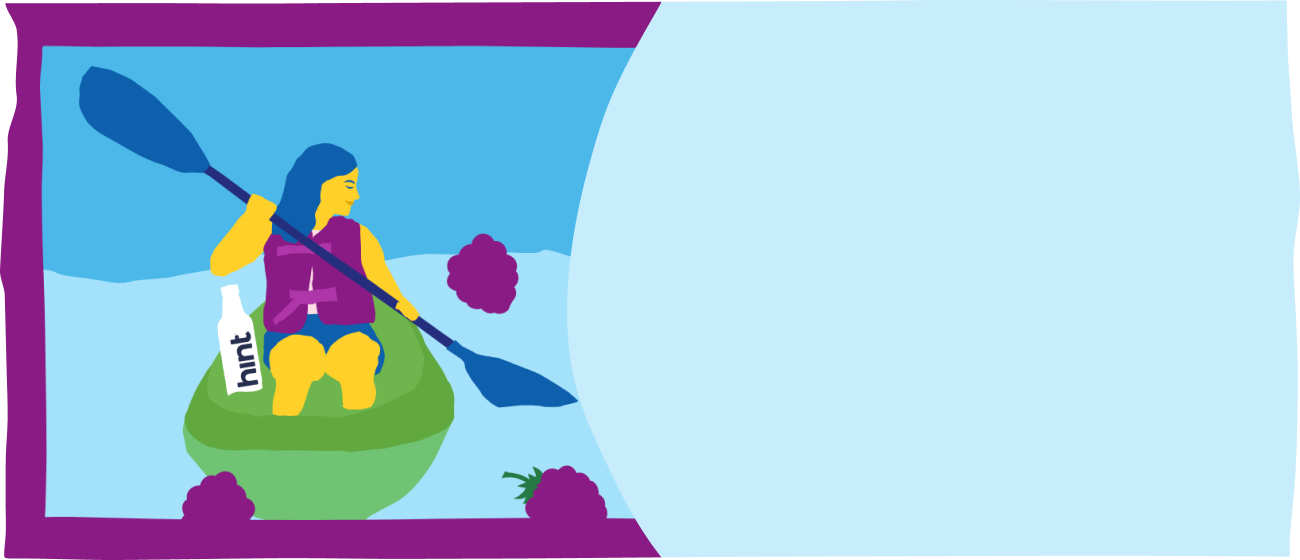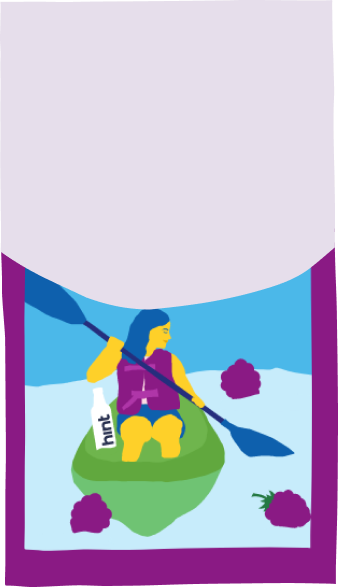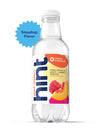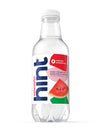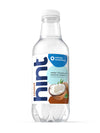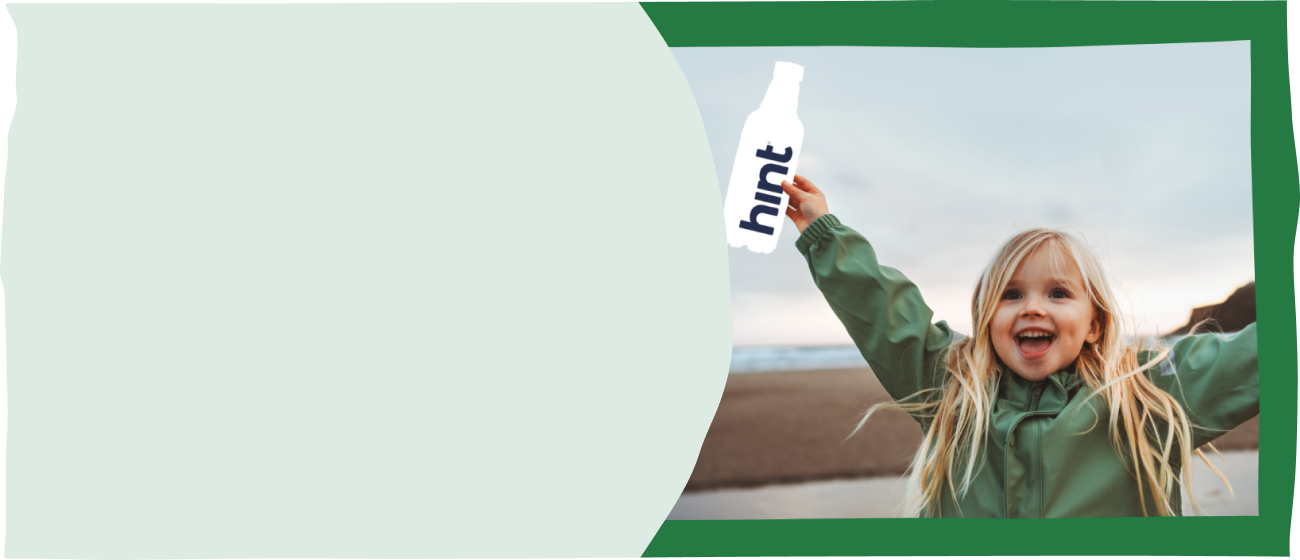
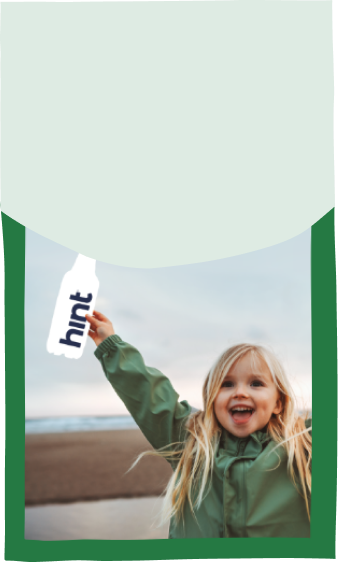
How do I know how many glasses of water I need to drink each day?
8 glasses of water – or 64 ounces – has become the de facto guideline for water intake. That said, the U.S. National Academies of Sciences, Engineering, and Medicine recommends a much higher daily fluid intake of 3.7 liters (125 ounces or 15.5 cups) for men and 2.7 liters (91 ounces or 11.5 cups) for women.
Why the discrepancies? First of all, there is fluid in the foods that we eat (particularly fruits and vegetables), as well as other beverages such as coffee or sodas that people might consume. But that’s just one piece of the puzzle. The truth is that the actual amount of water your body needs will depend on several factors unique to yourself and your environment. There is no one-size-fits all number when it comes to hydration, so let’s dig into all the factors that you need to consider when you come up with your own baseline.
- For instance, the difference above in recommended water intake between men and women is primarily a function of height and weight. The more body mass you carry above the ideal weight for your height, the more water you’ll need to maintain proper hydration.
- Diet is another critical factor. As noted above, if you eat a lot of fruits and vegetables, you’re getting a fair amount of water with them. On the other hand, if you’re eating foods (especially processed foods) with a lot of hidden sugar and added salt that will require you to increase your water intake.
- Alcohol is a well-known cause of dehydration so that’s another factor to consider if you drink regularly. (Not coincidentally, water is the most reliable hangover cure as well.)
- Pre-existing medical conditions and prescribed medications can necessitate greater water intake too.
- Do you reside in high altitude? Definitely bump up how much water you drink, both to increase the oxygen in your bloodstream and to counteract higher respiration rates.
- What about other beverages such as milk, coffee, fruit juices, sodas, or enhanced water? These all complicate the hydration picture a bit. Milk is a reliable way to hydrate, so it can go in the “plus” column (but for many people, it can be hard to tolerate even in small amounts). Coffee is a known diuretic, but does provide some hydration, so let’s call that a “neutral.”. Beverages with sugar, unfortunately, go in the “minus” column because they require additional water in order to be digested, plus they trigger insulin production. And then other sweeteners present their own severe health issues that research is only now uncovering. The problem with all sweetened beverages is that they are often a gateway to consuming more sweets, which then creates the need for additional water intake.
And then there’s the three biggest factors to consider: 1) pregnancy, 2) exercise and exertion, and 3) weather conditions.
- If you’re pregnant, upping your water consumption is fundamental for your health, as well as your fetus’, according to the American College of Obstetricians and Gynecologists. This continues after childbirth if you decide to breastfeed since milk production can be affected by lack of hydration.
- Another important factor of all in determining your ideal water intake: sweat. Exercise, as well as heat and humidity, force the body to regulate its temperature through perspiration. On average, about one-third (or 1 liter) of the water that we excrete each day is by sweating. Every hour of exercise adds another liter of water lost through heavy perspiration. Low-impact exercise, such as walking or hiking, results in light perspiration that you might not fully perceive — and it also adds up.
- When the temperature and humidity levels rise to extreme levels, you can lose up to 3 or 4 liters per hour spent outside. That’s when things can get really dangerous — and cause sudden and severe health issues if you don’t properly hydrate. Again, it might be too late once you discover that you’re lacking hydration. That’s why it’s so critical on hot days to start drinking water early in the day, long before temperatures rise to unsafe levels.
For the vast majority of people, though, being under-hydrated is not an acute problem that poses immediate health risks. Your body will adjust to a less-than-ideal amount of water intake — but at a cost, which can potentially be dangerous over the long term. All of the organ systems in your body can end up suffering if they regularly lack sufficient hydration, year after year. On the other hand, consistent and proper water intake — based on your own particular needs and circumstances — has incremental, enduring benefits for health and well-being, as well as improvements to mood and outlook.
Ok, so if 64 ounces (or 3.7 liters, for that matter) is just a guide, and one-size-does-not-fit-all — given all the factors outlined — above, where do we begin? Here’s the simple calculation: divide your body weight by two-thirds. That number is the baseline amount of water you should consume daily in ounces. So, for example, if you weigh 150 pounds, you’ll want to start with 100 ounces — or just under 3 liters of water.
If you want to get more precise based on the factors above – your diet, your location, pre-existing medical conditions, exercise, and weather – fill in the following questions:
- Calculate 1/2 of your body weight: ________
- Add 10 for each glass of alcohol or sweetened beverage you drink each day: ______
- Add 10 for sugary snacks or desserts that you have each day: ______
- Add 20 if you reside in a high-altitude location (3000+ feet above sea level: _______
- Add 20 if you’re pregnant or breastfeeding: ________
- Add 15 for every 30 minutes of intense exercise you do each day: __________
- Add 15 for every 60 minutes of low-impact exercise you do each day: __________
- Add 15 for every 30 minutes spent in intense heat or humidity (105℉ and over): ______
TOTAL: ________
That’s a more precise daily target for your target daily water intake in ounces than the simple ⅔ of your body weight (but the numbers will likely be pretty close)..
Then, space out your water consumption over the course of the day, starting with a glass of water in the morning before breakfast, then having a glass of water with each meal. Sip a few glasses between meals, and another glass before bed. Avoid gulping down huge amounts of water in one sitting. Some people like measuring out their water each day, and that can be a handy way to start the process so that you can get a sense of what it takes to hit your daily goal. Just keep in mind that if hydration becomes a chore or something you have to think too much about, it will be difficult to integrate permanently into your daily habits.
Another tip that we at Hint like to remind people: mix it up and make it delicious. A little flavor goes a long way, especially when it’s really true to its fruit origin. We’ve spent years perfecting our water flavors and ensuring that they have no sugar, sweeteners, or preservatives. Try them out yourself; we have a variety pack waiting for you with twenty-four fruit flavors at drinkhint.com.
One last note: what about overhydration? It’s rare, but it’s a real thing — especially now with extreme sports such as triathlons becoming more popular, not to mention countless online “challenges” that summon people to fill up a gallon jugs and guzzle down huge amounts of water in a couple sittings each day. Figure out your particular hydration needs, work toward that number, and take it slow, spreading out your consumption over the course of your day.
